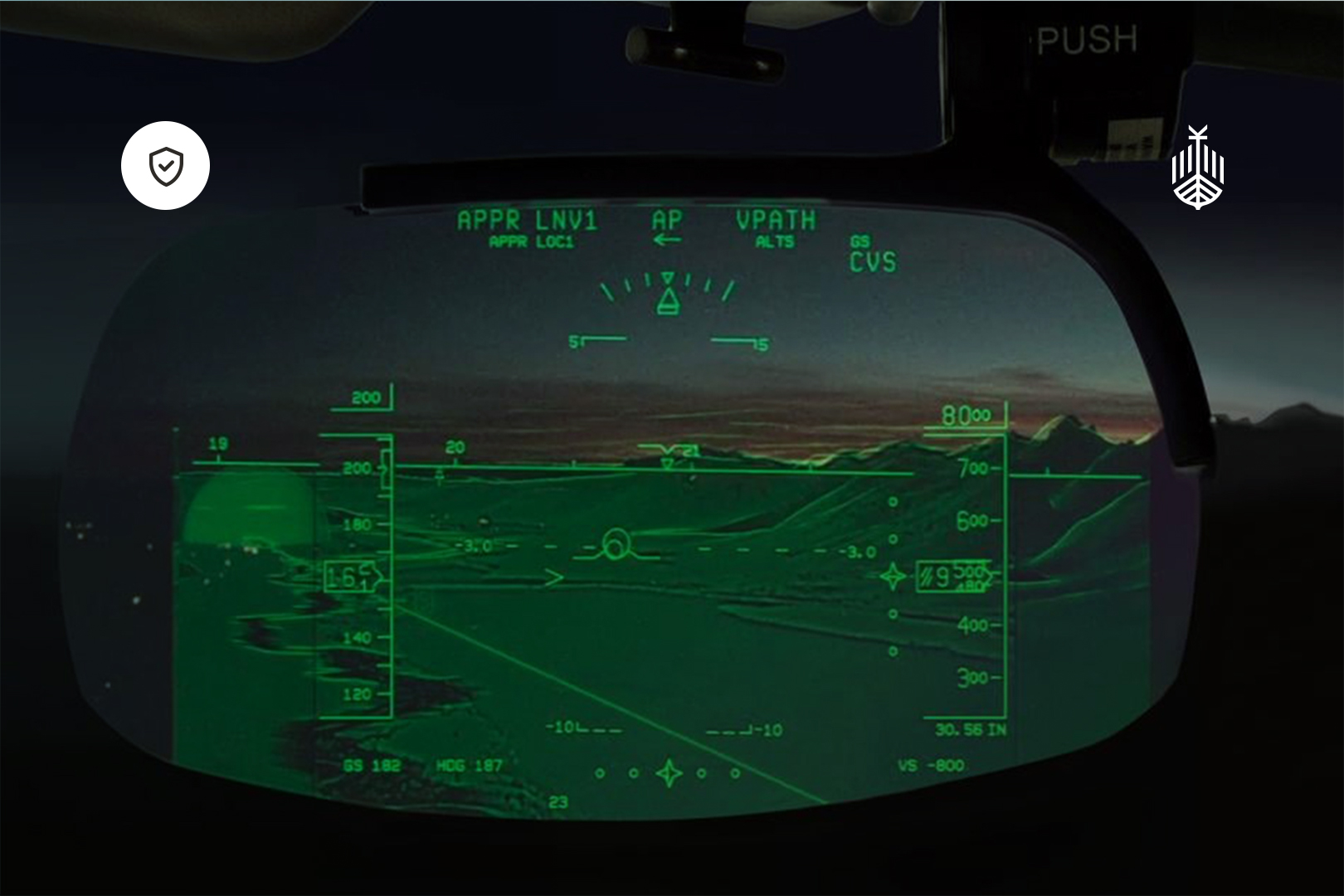From the early use of rudimentary weapons and tools to the sophisticated systems of today, each era in military history has been defined by its technological capabilities.
Today, semiconductors play a crucial role in virtually every advanced military system there is. They are used in sophisticated communication systems and power the computers used for data analysis and decision-making. Semiconductors enable precision-guided munitions, advanced surveillance systems, and much more. They are also key to emerging technologies like autonomous vehicles, artificial intelligence, and cyber warfare, which are already redefining battlefields.
But has the growing reliance on semiconductors also made the security and resilience of their supply chains a matter of national strategic importance?
Advances in communication systems
Semiconductors have been instrumental in the rapid evolution of military communications since the 1950’s, driving advances in speed, capability and security. From basic unscrambled radio systems to the sophisticated, digital networks of today, communications remain central to any ground, sea, or air mission.
The continued miniaturisation of semiconductor components has led to the development of portable, secure communication devices, vastly enhancing the capabilities of field communications while advanced semiconductor technology has improved GPS accuracy and reliability.
Not technically new, but now possible through advances in chip technology, SDRs (Software-Defined Radios) offer dynamically switching frequencies and communication standards, adapting to different operational environments, and reducing the risk of signal interception or jamming. Today, AI-driven communication systems can automatically adjust to changing environmental conditions and threats, optimizing communication channels and network performance.
The era of autonomous vehicles
Autonomous vehicles and drones have become increasingly pivotal in modern military operations, offering a range of strategic advantages and capabilities. Their realisation has been made possible by the advanced sensing and data processing computing power of modern electronics.
In the sky, unmanned Aerial Vehicles (UAVs) or Drones are extensively used for gathering intelligence, surveying battlefields, and monitoring enemy movements. They provide a safe and energy efficient way to gather crucial data or carry out precision strikes with high accuracy without endangering personnel. Drones are generally more cost-effective compared to manned aircraft, both in terms of procurement and operational costs.
There may be some time before we see autonomous vehicles on our streets and motorways, but in the defence and security world, unmanned Ground Vehicles (UGVs) are proving useful; they are frequently used for bomb disposal and reconnaissance in hazardous environments, significantly reducing the risk to human life, and they can safely and autonomously transport supplies in dangerous or challenging combat zones.
At sea, Unmanned Naval Vehicles (UNVs) are now playing a crucial role in reconnaissance, detecting and neutralising underwater mines, and in anti-submarine warfare. They can also operate in environments and conditions that might be challenging or impossible for human-crewed vehicles, such as extreme weather or hazardous conditions.
Impact of semiconductors in future defence technologies
Future developments in semiconductor technology are poised to have profound impacts on defence systems, potentially transforming the landscape of military capabilities and strategies.
As reliance on sophisticated communication systems grows, so does the risk of cyber threats and considerable effort is now being put into preventing hacking and jamming attempts by counterforces. It is hoped that more advanced semiconductors will play a crucial role in developing more secure hardware and software to protect military communication networks.
The integration of quantum computing technologies into defence systems looks set to offer an unprecedented increase in computational capabilities for simulations, cryptography, and data analysis. This is expected to lead to quicker, more reliable, and better-informed decision making.
More powerful semiconductors will enable more sophisticated AI and machine learning algorithms to be integrated into defence systems. AI facilitated by semiconductor technology will assist in processing vast amounts of data, providing predictive analytics, and speeding up the decision-making processes.
Application of this technology could revolutionize autonomous decision-making, threat assessment, and even predictive maintenance of military equipment and logistics.
Lessons from post-pandemic supply chain shortages
As dependence on advanced semiconductors increases, securing a reliable and secure supply chain for these components becomes a strategic national priority.
The automotive industry is most noted as having been affected by the post-pandemic semiconductor shortage. Their problems were caused as chip manufacturers moved to supply other industries when orders were cancelled in a knee-jerk reaction to Covid, and automakers were unable to find suppliers as the car market lifted out of recession.
The semiconductor market has now largely recovered, but as the economy faulters we are seeing that some sectors are oversupplied, and factory-gate chip prices are falling. Inevitably, this will lead to a new wave of obsolescence as chip manufacturers struggle to achieve a return on their massive investment and look for economies through product line rationalisation.
Car manufacturers have learnt their lesson, but has the defence sector? It is important to understand that the defence supply chain is actually small compared to automotive, and yet its requirements are arguably stricter and harder to achieve in terms of military grade quality, reliability, and robustness.
The reality is that chips are often single source and prone to obsolescence, pushed aside by the pace of technological change, but as the lifespan of military equipment could be up to – or even more than – 50 years, component obsolescence is not a risk, it is a certainty!
Today, following years of globalisation of the industry, the dies for over 50% of the chips sold across the world are manufactured by one company, the successful Taiwan based TSMC. Interestingly, the most sophisticated semiconductor manufacturing equipment available is made in Europe and the USA; recent geo-political tensions have made governments realise the fragility of this situation and they have responded with plans and budgets for the onshoring of semiconductor production for national security reasons. These plans that have been both applauded and criticised, will take years to produce results – if ever – owing to the complexity of the process, the level of investment and the skills required.
Impact on national security challenges
The inability to source the latest tech could lead to delays and complications in ongoing military research and development projects. For current equipment, a diminished supply of necessary ICs will lead to production difficulties and often forgotten challenges in maintaining and repairing existing or obsolete military equipment. As well as potentially causing national security weaknesses, there are many tiers and sub-tiers that depend on the industry for jobs and livelihoods that could be negatively affected by on-going shortages.
The risk can be mitigated by the implementation of good Obsolescence Management practices. PCBs can be designed with alternative IC footprints and with the potential of Modular Upgrades or form-fit-function chip replacements in mind. Doing so will leave you with a more sustainable design, reductions in re-qualification costs and the ability to deliver, repair and refurbish critical equipment way into the future. For information on best practices and training, consider searching for information on the not-for-profit International Institute of Obsolescence Management
Conclusion
In summary, it is evident that semiconductors have fundamentally reshaped the landscape of military technology. Their impact on communication systems, autonomous vehicles and strategic defence technologies is not just transformative but essential for the advancement of modern military operations.
Moreover, there is a critical need for secure semiconductor supply chains and proactive obsolescence management. This is vital for sustaining and advancing military capabilities in an era where reliance on technology is rapidly increasing. Moving forward, it is clear that a strategic approach to semiconductor utilisation and management will be pivotal in maintaining the robust and effective Defence systems of the future.













